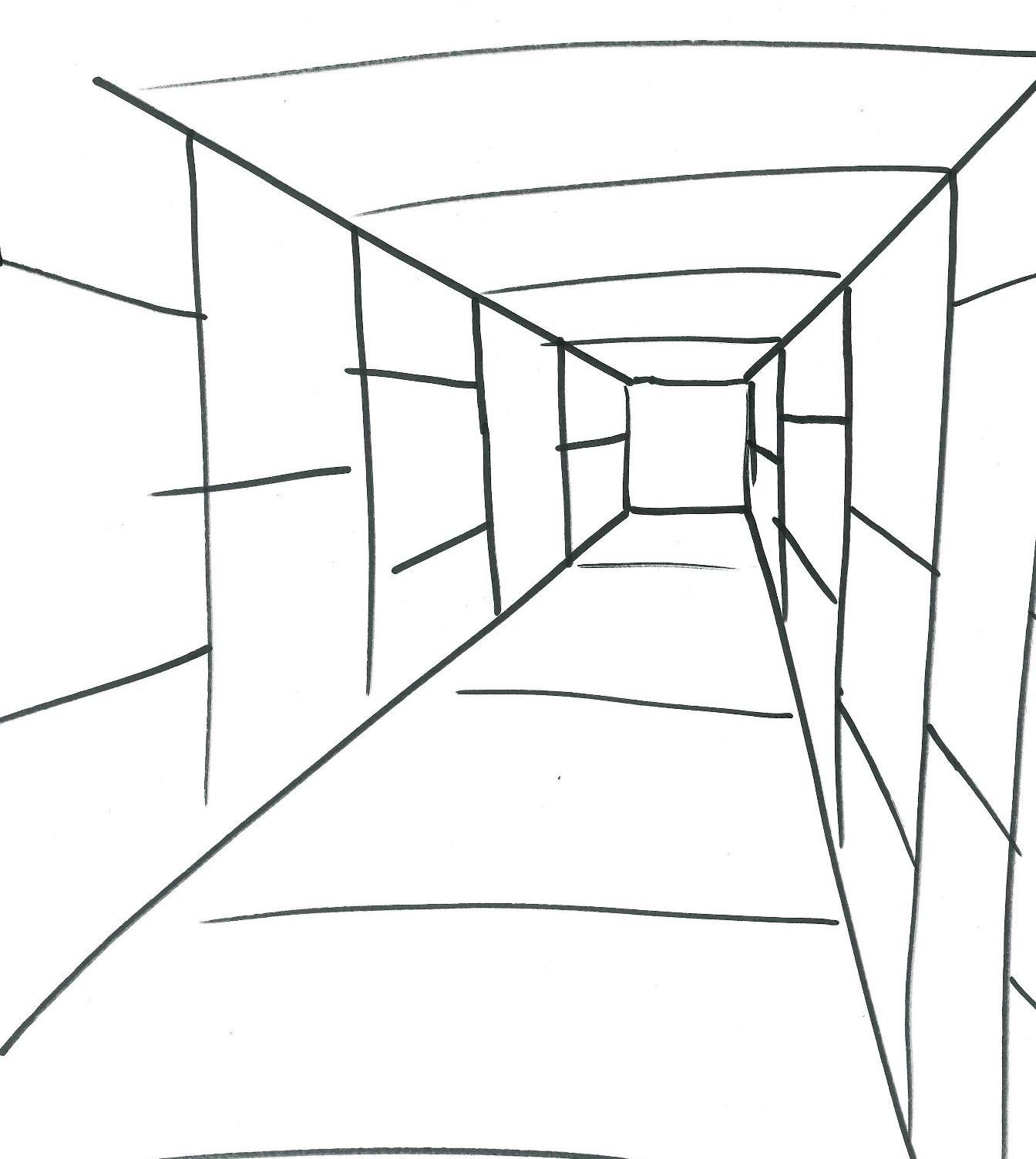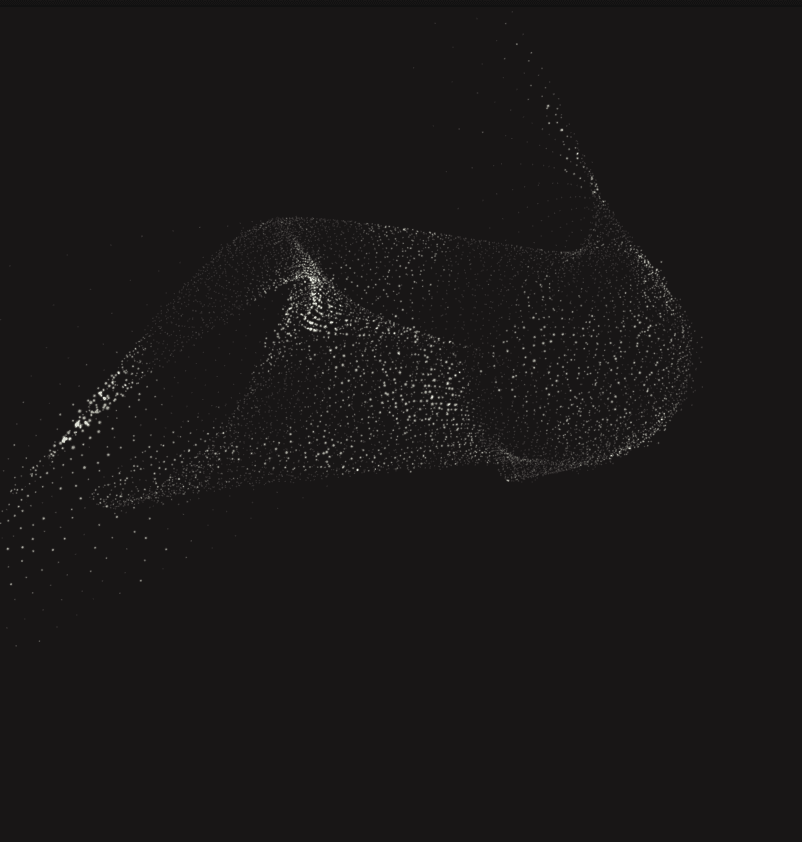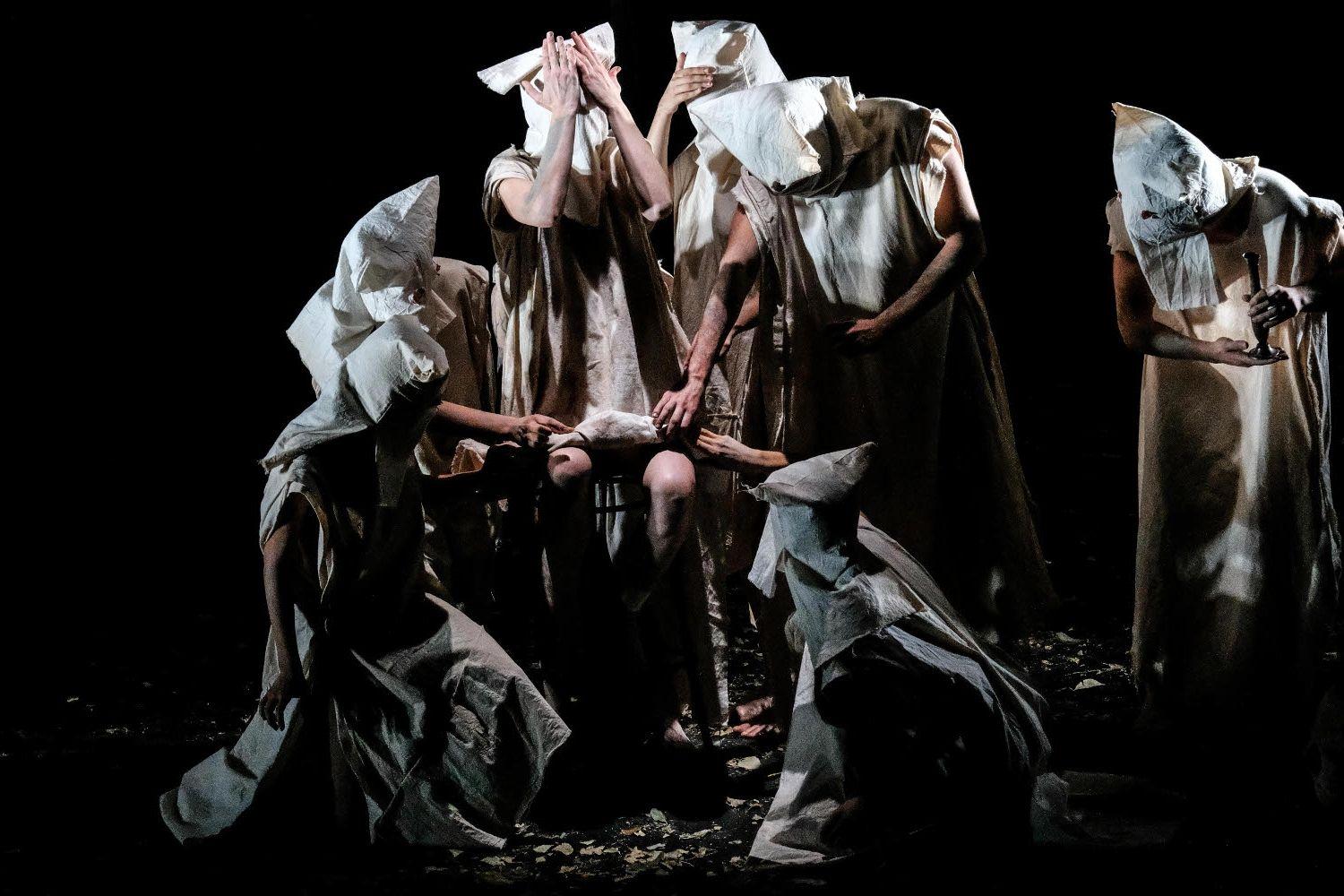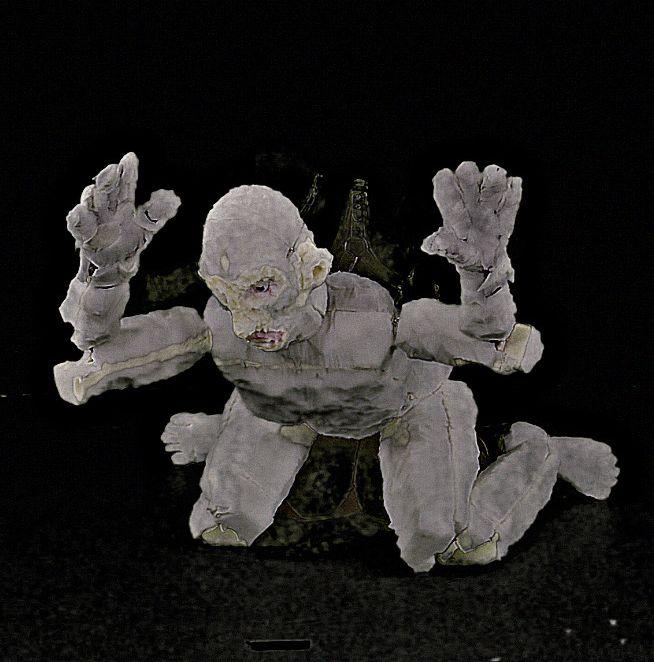HoloPy³
completedFellowship

Summary“HoloPy³” is a cooperative game in and with virtuality, researches the expansion of theater with digital media and explores the applicability of holograms and Virtual Reality. In this respect, “HoloPy³” reflects on the added value of three-dimensional and interactive narrative forms in terms of content and art – especially in view of the non-existent fourth wall in these media.
HoloPy³ brings together theater, holograms and virtual reality in a new way
Theater as a place of embodied performance, ritual performance practice and social exchange; then holograms as a collectively perceivable augmented (extended) reality; and finally Virtual Reality as an experience that is currently mostly realized in the conscious perception of the individual.
In this sense “HoloPy³” investigates how digital, interactive and three-dimensional theater can work. For this the form of a cooperative game is chosen: One player is in a virtual world via VR glasses (hereafter to be referred to as VRPlayer) and a second player can overlook this virtual world from the outside in a hologram pyramid (hereafter to be referred to as PyPlayer). This is above all a game with dimensions and perspectives: While the 1st player appears to the 2nd in the pyramid like a tiny figure, this world appears to the 1st player oversized, he even needs the 2nd player to orientate himself in it. And this is also how the gameplay is set up: Only if the two players support each other and complement their respective perspectives with those of the other player they can win the game.
Another point of interest is the combination of virtual and augmented reality. “HoloPy³” brings the virtual world out of the head of the VR Player as a hologram into “reality”. Furthermore, this project investigates the disappearance of the 4th wall in the new immersive media and the alternative forms of storytelling that result from this, particularly with regard to the role of the passive spectator that shifts towards the main character, the player. This paradigm shift is exemplified in the game by the fact that the players change roles after a round: The power of VR and gaming lies not least in the possibility to playfully take on the perspective of another.
Research Questions
The research comprises 4 different branches:
1. Technical setup
- For example: How to channel the different outputs so that a different image appears on the VR glasses than in the pyramid?
- What camera orientation is needed to capture the scenario from a suitable perspective?
- And what game settings are necessary to ensure that a different image, in fact the correct one appears on each side of the pyramid?
2. Gameplay including programming
- For example: Which game forms are suitable for cooperation?
- How do you get the players to form a team?
- What is the best way to tell the change of perspective?
3. Content in the hologram pyramid
- For example: How must the hologram be created graphically to make the illusion work?
- Which worlds and dimensions are best suited for this?
- How must the playing field be designed so that it does not appear only two-dimensional?
4. Material and construction
- For example: What material must the hologram pyramid be made of to get the best possible image?
- How to stabilize a pyramid of this size? (i. e. at least 900x900mm ground)
- How could a version of the entire setting be build to easily take it away on a tour?





